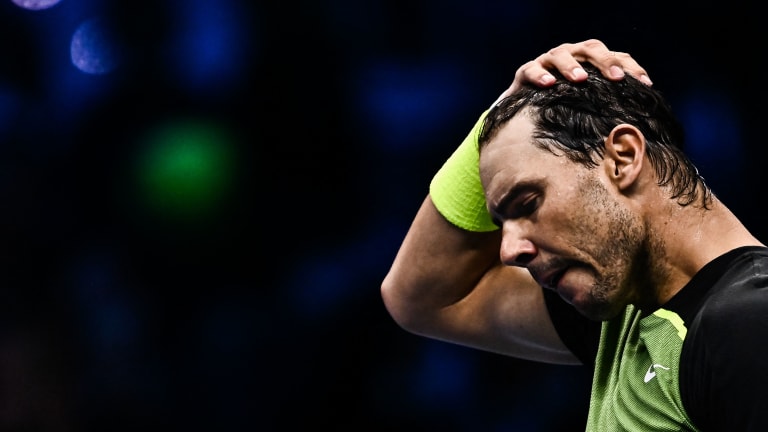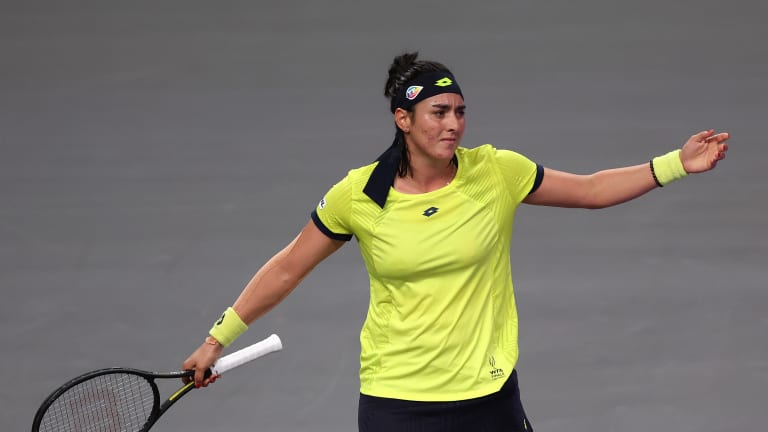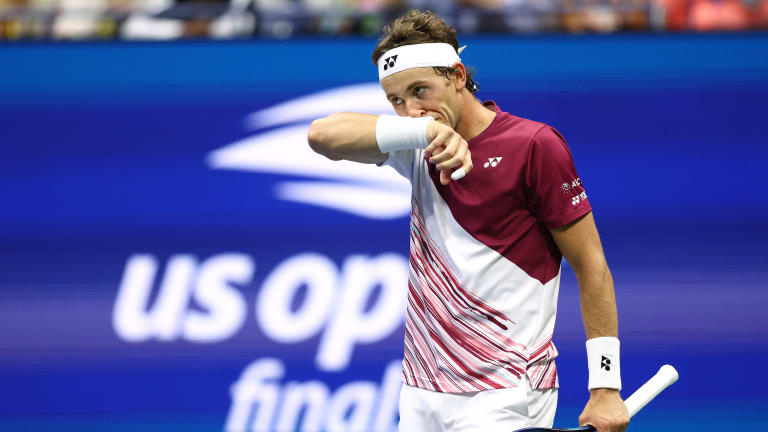Your Game
You’ve missed, but was it really an unforced error?
By Dec 19, 2022Your Game
Racquet Review: Yonex EZONE 100
By Apr 20, 2025Your Game
Geared Up: Andrey Rublev keeps letting it rip with Head and K-Swiss
By Apr 19, 2025Your Game
Tariffs are serving up challenges to the tennis equipment industry
By Apr 13, 2025Your Game
The Partner ball machine uses robotics to revolutionize tennis training
By Apr 12, 2025Your Game
Racquet Review: Wilson Clash 100 Pro v3
By Apr 06, 2025Your Game
Shoe Review: Adidas Ubersonic 5
By Apr 05, 2025Your Game
Doubles Partners: Asics and A.P.C. team up for one-of-a-kind tennis collection
By Mar 30, 2025Your Game
Babolat and Lamborghini collaborate on new padel racquet collection
By Mar 29, 2025Your Game
Madison Keys: how racquet change led to first Grand Slam title
By Mar 28, 2025Your Game
You’ve missed, but was it really an unforced error?
The unforced error is a backbone of tennis statistical analysis, but how fair of an assessment is it?
Published Dec 19, 2022
Advertising

Coaches and tennis analysts alike agree: No tennis player misses a shot in a vacuum.
© AFP via Getty Images
Advertising

The unforced nature is, at its core, highly subjective, and therefore, it's a limited tool for tennis analysis.
© Getty Images

Casper Ruud made 29 unforced errors in the US Open men's final.
© Getty Images